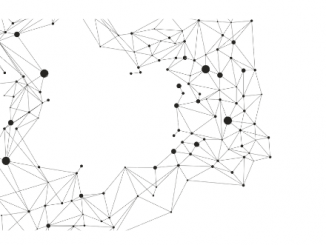
In the realm of cloud data analytics, Microsoft Fabric and Snowflake are two prominent platforms. Both offer unique capabilities, but how do they compare in terms of cost? Let’s explore.
Microsoft Fabric Universal Compute Capacity
Microsoft Fabric is a unified data platform that offers shared experiences, architecture, governance, compliance, and billing. The core of this platform is the concept of Universal Compute Capacities.
Universal Compute Capacities reserve a specific amount of compute to drive Fabric experiences and enable an unlimited number of users to create or consume from Fabric experiences. Consumption of Fabric experiences is only bound by the amount of compute required to serve data to your users and can be easily increased with a SKU upgrade or on-demand through the use of autoscale.
Snowflake Compute Capacity
Snowflake operates on a usage-based pricing model. It separates storage and compute, allowing users to scale up or down on demand and pay only for the compute they use. This flexibility can lead to cost savings and performance optimization, especially for varying workloads.
Snowflake supports a wide range of Virtual Warehouse sizes: X-Small, Small, Medium, Large, X-Large, 2X-Large, and 3X-Large2. Each data warehouse size has a number of compute credits that are consumed per second of usage.
Cost Comparison
When it comes to cost, both platforms offer different advantages. Microsoft Fabric’s Universal Compute Capacities provide a predictable spend on top of the flexibility of all the Fabric capabilities. On the other hand, Snowflake’s usage-based model can be cost-effective for smaller or more sporadic workloads, but costs can escalate quickly with larger datasets and more intensive query loads.
It’s important to note that the cost-effectiveness of either platform can vary based on the specific use case, data volume, and query complexity. Therefore, it’s crucial to understand your specific needs and usage patterns before making a decision.
In conclusion, both Microsoft Fabric and Snowflake offer robust data and analytics platforms, each with its own strengths and capabilities. When it comes to cost, the choice between the two will largely depend on your specific use case and requirements. It’s always a good idea to do a thorough analysis of your needs and consult with a data solutions expert before making a decision.


